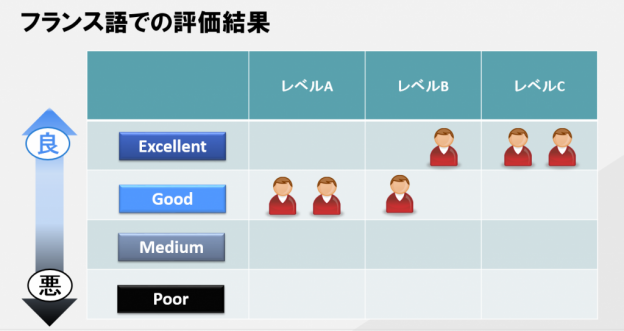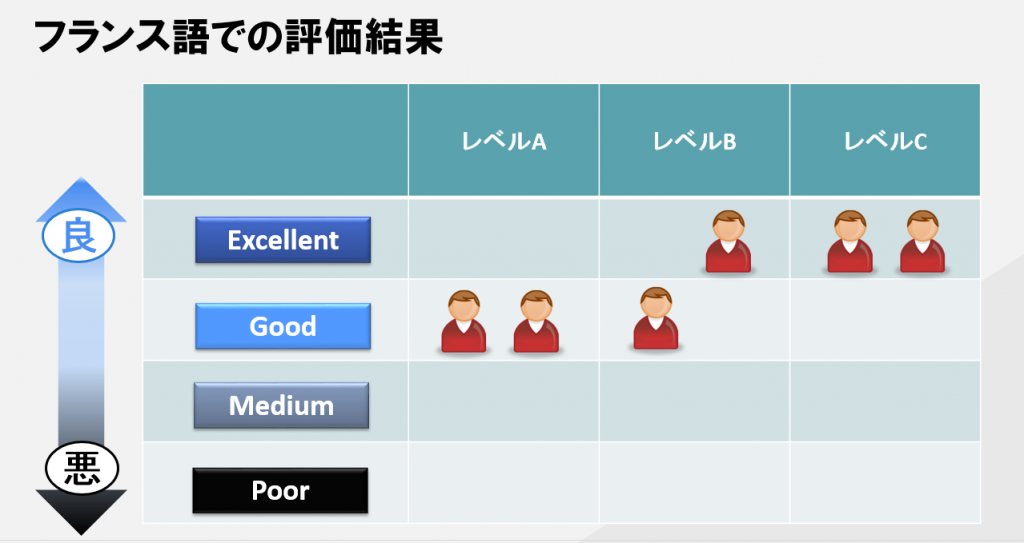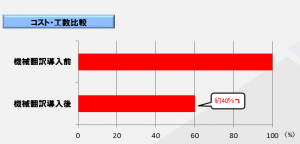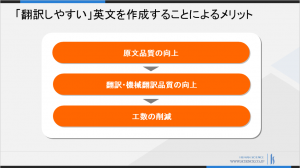Previously, as hurdles to the introduction of machine translation,
we introduced customer feedback regarding "engine operation" and "glossary creation."
▼Previous Article
Case Study: Challenges in Implementing Machine Translation - Solutions for Engine Implementation and Glossary Creation
This time, I will talk about another hurdle: "Building consensus among stakeholders."
●Is it difficult to obtain agreement from stakeholders?
So far, this blog has mainly introduced points and know-how to maximize the effectiveness of machine translation.
However, in reality, there are surprisingly many cases where it is difficult to reach an agreement among stakeholders, such as supervisors and translators, before introducing machine translation.
Among the clients we are consulting, there are many cases where, due to concerns and resistance from in-house translators and related departments, it is difficult to take the step of implementing machine translation as shown below.
・Is the quality really okay with machine translation?
・There's no way to improve efficiency with machine translation
・Will the work of translators be reduced?
No matter how advanced machine translation engines have become,
from the perspective of a professional translator familiar with the company's documents,
there are still many insufficient points in the details,
and many may wonder whether it is acceptable to submit with this "imperfect quality."
As a stakeholder in the project,
you may also feel anxious about whether the introduction of machine translation can truly streamline the work.
Therefore, this time, let me introduce one of the means to achieve consensus among project stakeholders.
●What matters is the voice of the actual reader
To build consensus on the introduction of machine translation,
it is effective to "clearly establish quality standards and share them with stakeholders."
Let me introduce a case study from a real project.
In the manual production department of a certain company,
they were considering the introduction of machine translation for the translation of product manuals.
However, there were concerns from internal stakeholders regarding the quality and cost-effectiveness of machine translation,
and the person in charge was struggling to build consensus among the stakeholders.
After all, even though human corrections are made, there seemed to be many worries about whether the quality of machine translation is truly sufficient for manuals,
and whether it might actually require more effort for corrections.
Therefore, our company believes it is necessary to foster consensus among stakeholders by providing an image of translation quality and
demonstrating cost-effectiveness with specific numerical values, and we have assisted in the verification.
As a verification, we prepared three post-editing samples categorized by correction levels A, B, and C,
and asked for evaluations on "which level seems usable in practical applications."
The key point here is that the quality of the translations was confirmed by local distributors, who are in the closest position to the users.
As a result, it was found that making corrections at level B or higher ensures a usable quality.
Based on the quality evaluation results,
we calculated the estimated time required for translation revisions for each level of translated text,
and also presented the cost-effectiveness of introducing machine translation.
In this way, we clearly established the quality standards for the output of machine translation
and visualized it through sample translations,
ultimately gaining agreement from stakeholders on the introduction of machine translation.
Ultimately, after a comprehensive consideration of quality standards and cost-effectiveness,
machine translation is implemented at the highest level of quality standards.
In fact, we received feedback from our clients that,
"We were able to confirm the voices of the sales staff who actually interacted with the clients on-site, and
by quantifying the cost-effectiveness, we were able to gain the understanding of translators and project stakeholders,
which allowed for a smooth implementation of machine translation."
Setting quality standards is an important point when introducing machine translation, regardless of whether there is internal agreement or not.
At the same time as clarifying the previously ambiguous translation quality standards within the company,
how about utilizing it as a tool to facilitate consensus on the introduction of machine translation?
In particular, by referring to the voices of the readers, as in this case,
it will be possible to make the originally required quality standards more persuasive.
This will reduce the need to allocate human resources to documents that are sufficiently high quality with just machine translation,
and conversely, it will also prevent the careless introduction of machine translation for documents that actually require high-quality human translation.
When setting quality standards and building consensus within the company,
we encourage you to utilize consulting services like ours,
as incorporating an objective third-party opinion can sometimes facilitate a smoother process.
We also provide support for building consensus among internal stakeholders so that everyone can agree on the introduction of machine translation.
Please feel free to contact us.
If the form is not available, please send your inquiry via email to hsweb_inquiry@science.co.jp.
Thank you.
Alternatively, please feel free to contact us by phone at TEL: 03-5321-3111.


























